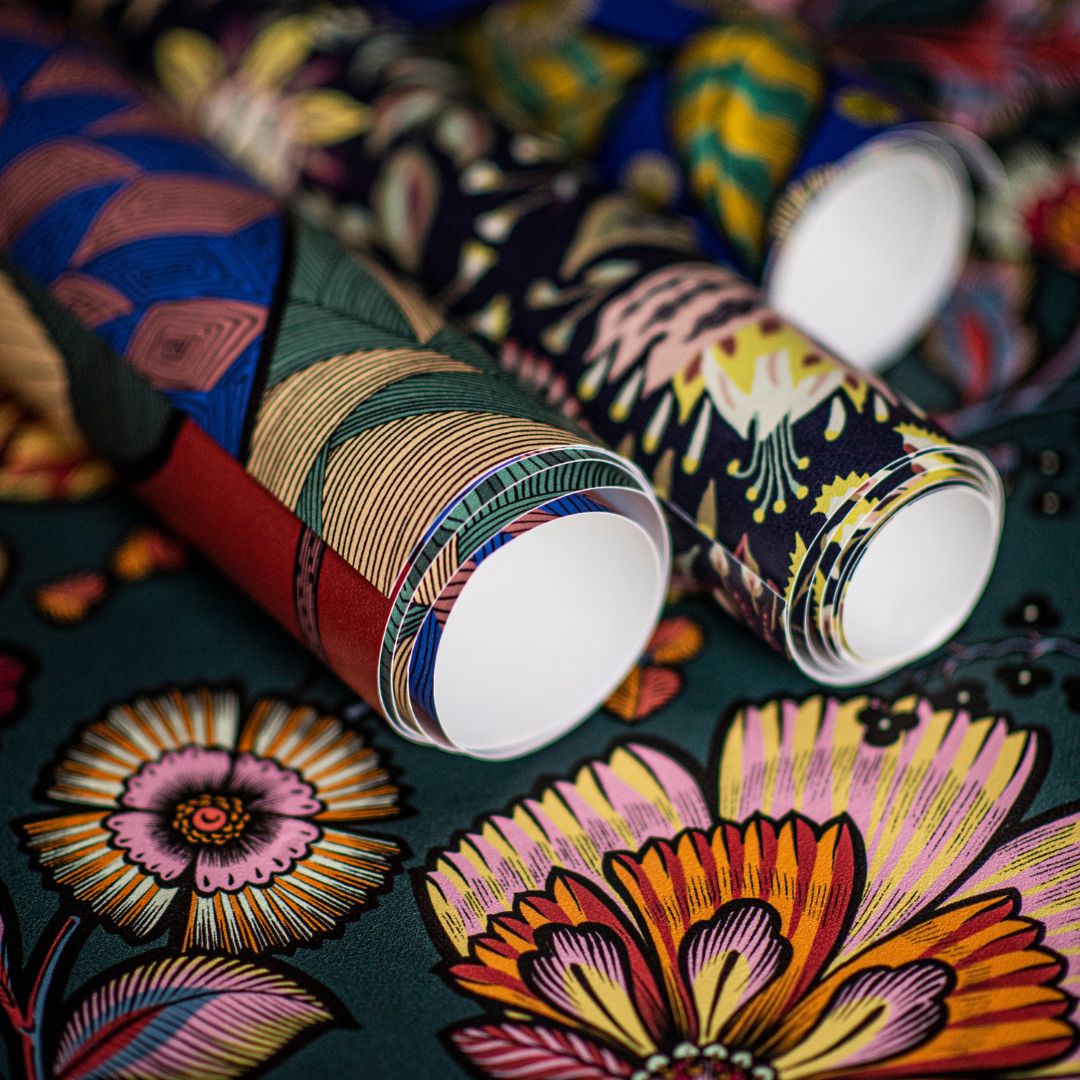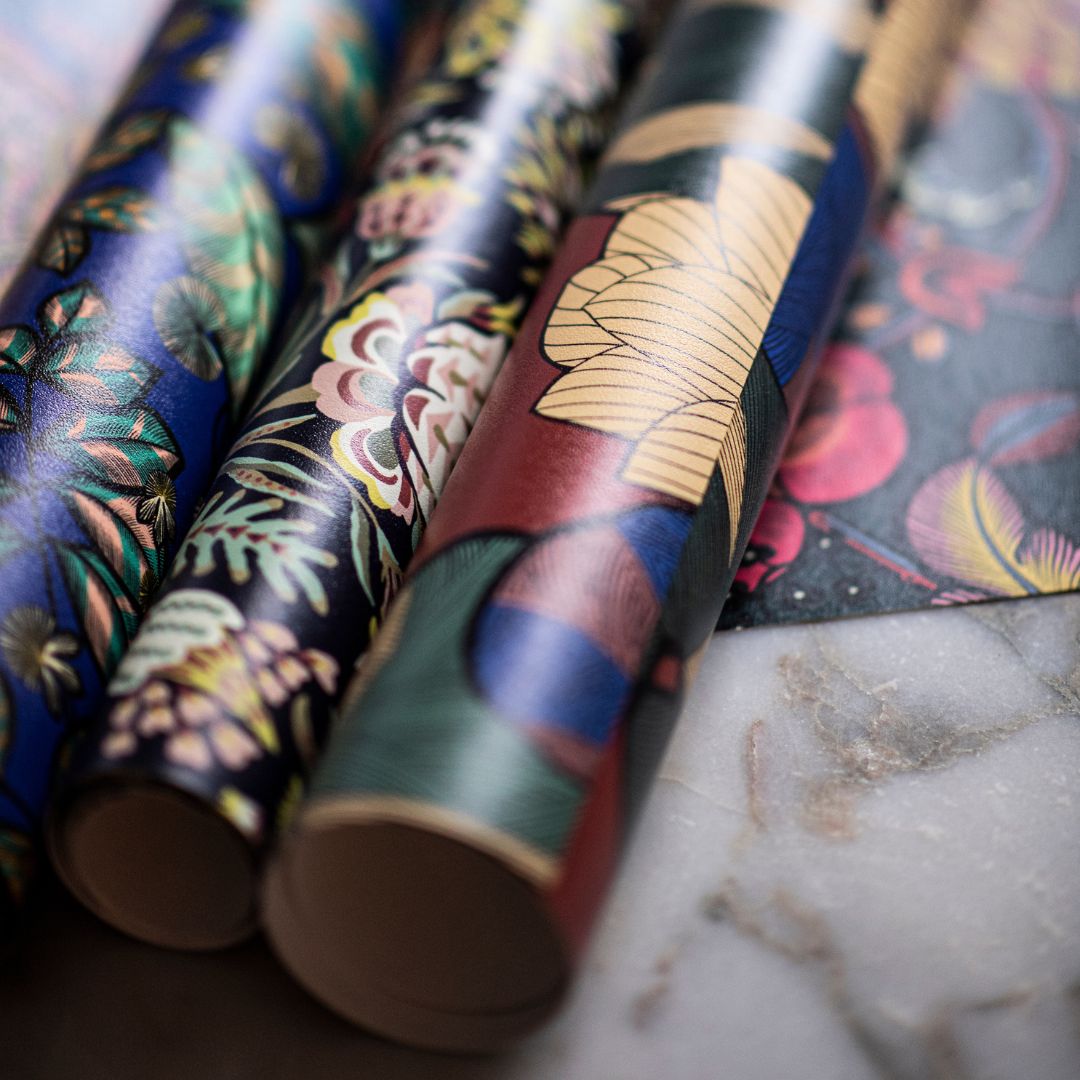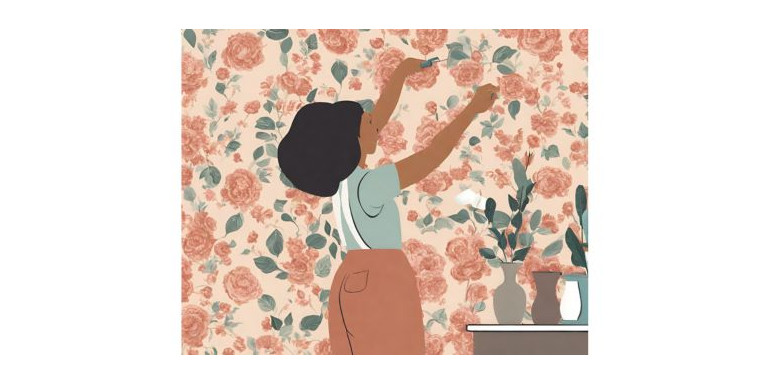
How to optimize the pose for a perfect result?
The installation of wallpaper is a crucial step in interior design, and the management of fittings is an often overlooked but essential aspect to achieve a harmonious result. Whether you opt for a discreet pattern or a bolder design, correctly calculating fittings can make all the difference in the final appearance of your wall. Here are some practical tips to help you master this delicate aspect of wallpaper installation.
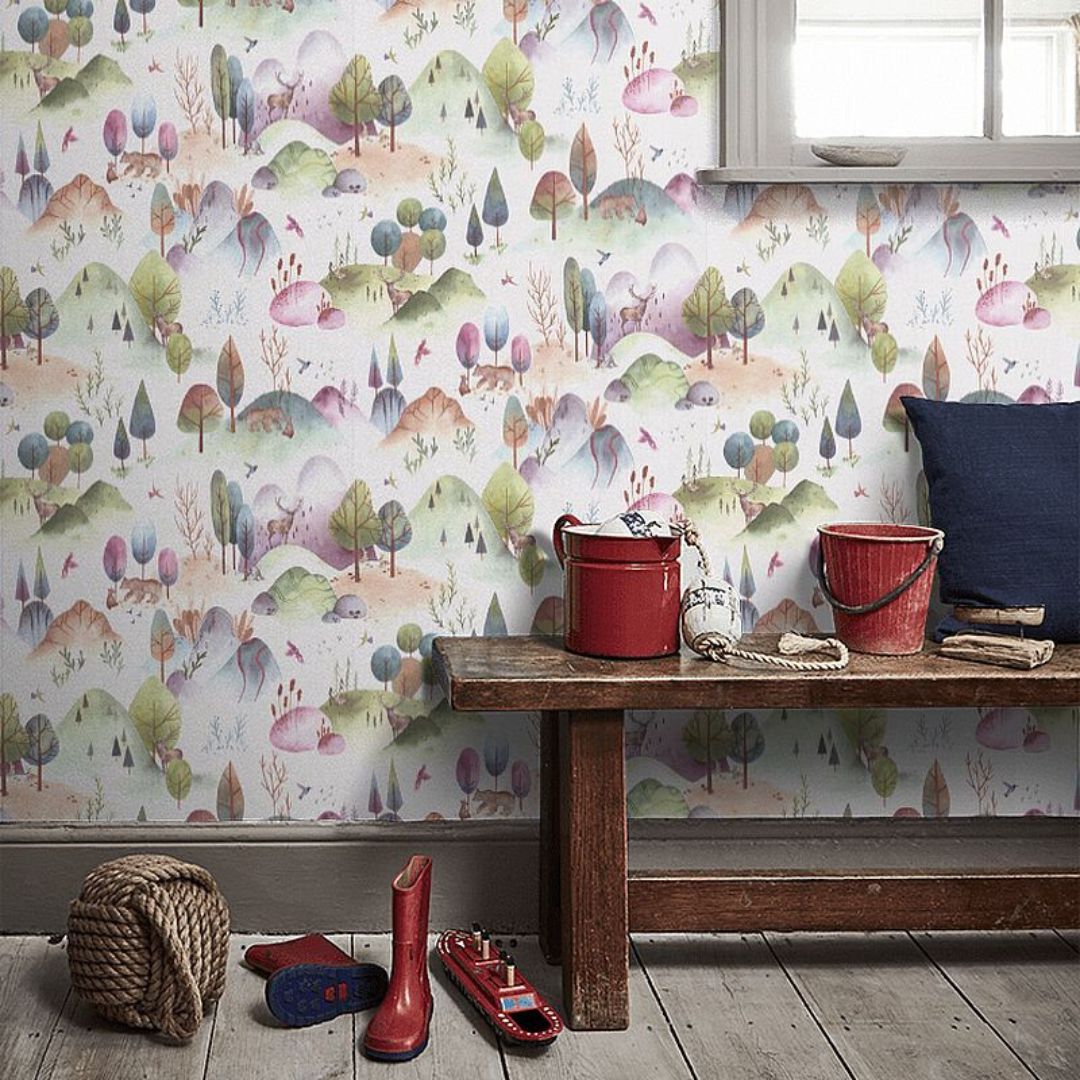
1.Understand the types of fittings:
There are mainly three types of wallpaper fittings:
straight fittings : the repeated patterns are at the same height from one side to the other
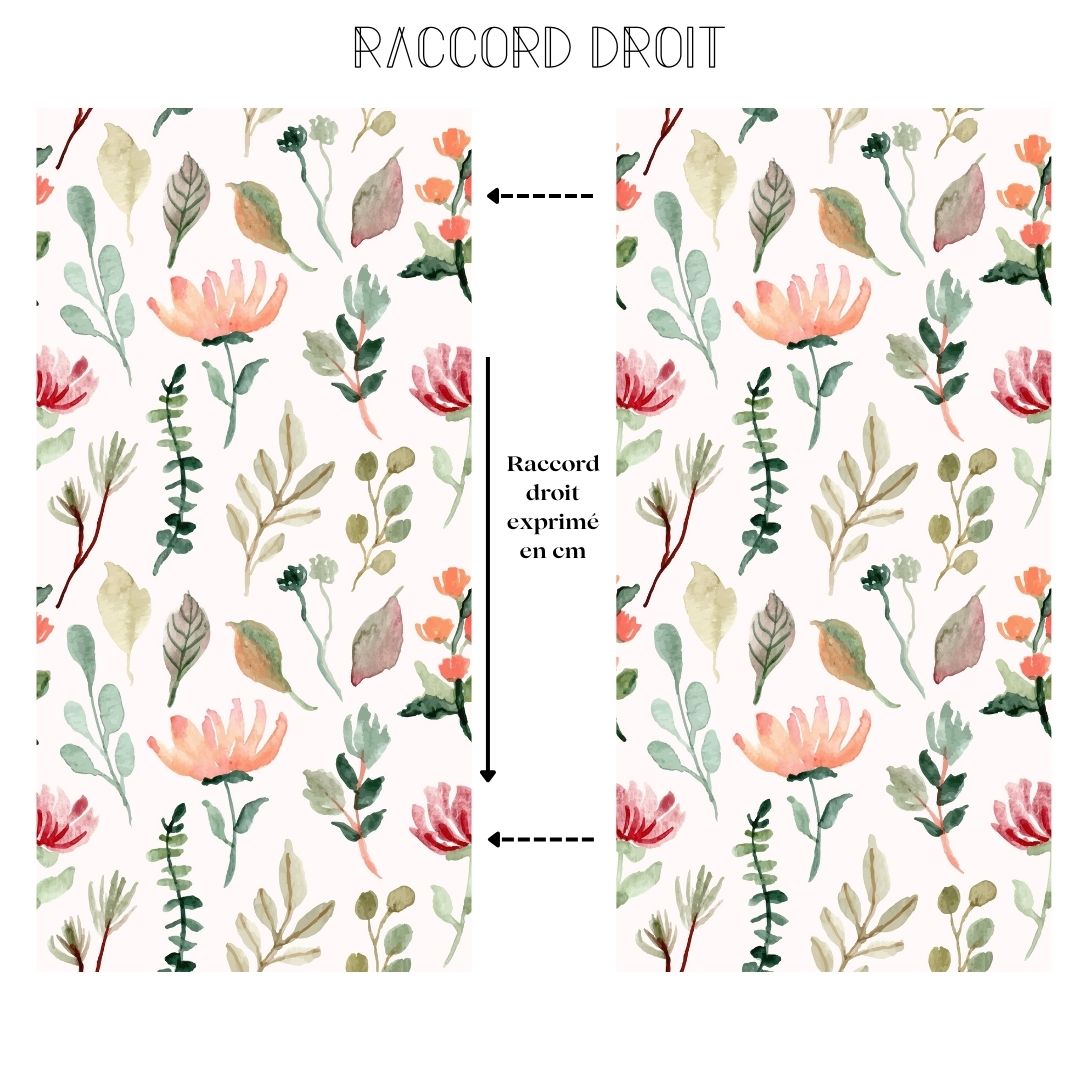
jumped fittings : Repeated patterns are lined up every other waist.
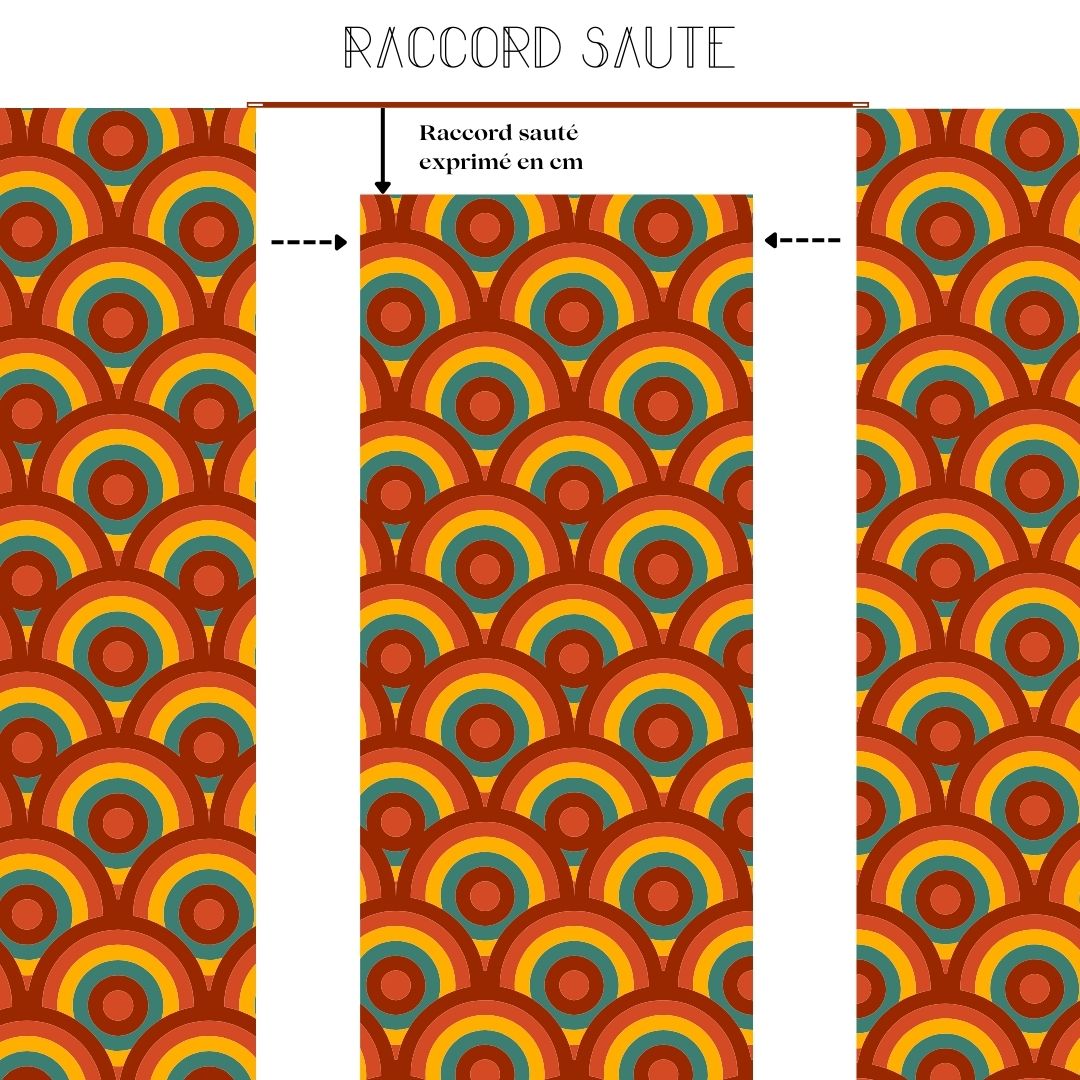
(see calculation of fittings for its two scenarios)
free fittings : there are no pattern fittings to calculate: 1 width height = 1 wall height + margins
Straight fittings imply that the pattern repeats at regular intervals, skipped fittings present the pattern at irregular intervals, while loose fittings have no repetitive pattern and can be laid randomly.
2.Measure Fitting Height:
The height of the fitting is always given by the supplier but you can check it yourself.
Fitting height is the vertical distance between the start of a pattern and the point where that same pattern repeats. To calculate the fitting height, measure the distance between the top of one pattern and the top of the next pattern, and then adjust based on your starting point on the wall.
3.Calculate the number of injuries required:
Calculate the width to be upholstered to determine the number of webs
Example for a wall 5m wide and our Thevenon wallpapers 0.62m wide:
5m/0.62 = 8.06 slices: rounded to the top = 9 slices of wallpaper
Calculate the height of the wall to be upholstered + the fittings to know the height of the strip:
Example for a wall 2m50 high (+margins) and a wallpaper with a 0.38m straight fitting:
2.60m/0.38m = 6.8 patterns per height: rounded to the top = 7 patterns per height => 7x0.38m= 2m66
In our example, we therefore need 9 les of 2m66
In a roll of 10 m we enter 3 strips of 2m66 it will therefore take 3 rolls to cover this surface
Straight fittings can be large with this calculation technique we avoid having too many losses, for jump fittings you can simply add the height of the fitting to that of your height and multiply it by the number of strips. The calculation of the number of rolls will be the same.
In case you need any help, you can contact us 1.
The hardest courage is done you're almost there ????
4.Use accurate measurement tools
To ensure accurate calculations, use measuring tools such as a tape measure, spirit level and metal ruler. This will help you avoid measurement errors and achieve a professional result.
By following these practical tips, you will be able to calculate wallpaper fittings accurately and achieve a flawless pose that will enhance your living space. Whether you're a novice or an experienced do-it-yourselfer, taking the time to properly plan and measure will give you an end result you'll be proud of.
